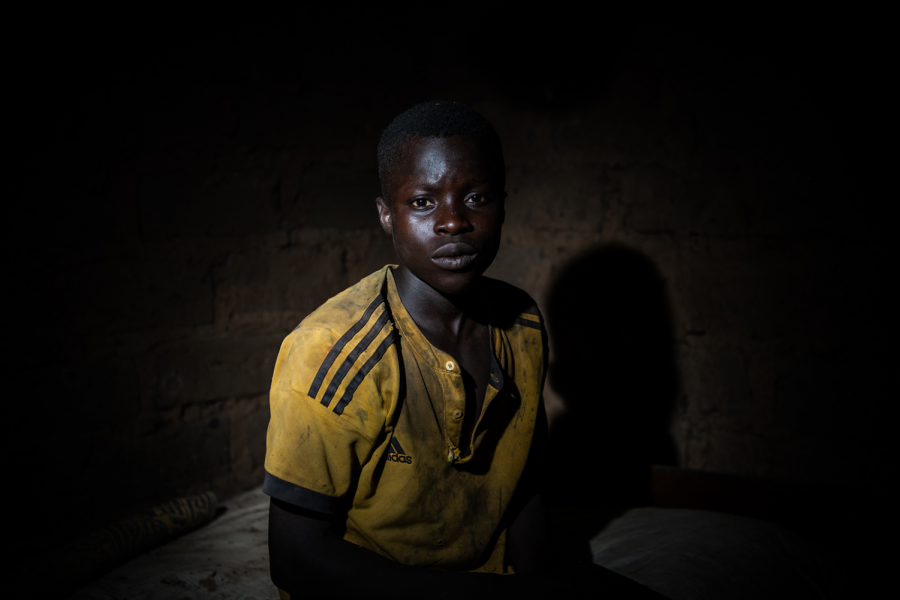Blood Chocolate
Much of the chocolate you buy has a darker origin tied to slave labor.
Photo courtesy of Salwan Georges
Karim Bakaray, 16, works at a cocoa farm.
October 26, 2020
With Halloween just around the corner, we see a spike in chocolate sales. However, the scariest thing about Halloween isn’t the ghosts and goblins; it’s actually the child and slave labor underbelly which supports the chocolate manufacturing of big names such as Nestle and The Hershey Company.
Abou Traoe is one of the children being forced to harvest cocoa beans in the Ivory Coast for some of America’s biggest names. According to The Washington Post, like many of the other boys and girls in his situation, Traoe came from Burkina Faso to go to school. But, he said, “I haven’t been to school for five years now.” When asked by a reporter his age, he said he was 19. However, he then proceeded to write in the sand that he was only 15. Later, he said he had been working there since he was 12.
Unfortunately, there are many other children like Traoe and some in even worse conditions. Food Is Power says that oftentimes children come from impoverished countries looking to make a living and provide for their families. In reality, most are only paid between four cents and two dollars each day. Other children are taken from their villages and work as slaves collecting cocoa; in many cases they never see their families again. Children are also forced to work long work days, usually spanning 10 hours or more, doing incredibly difficult manual labor. “Some bags were taller than me. It took two people to put the bag on my head, and when you didn’t hurry you were beaten,” says Aly Diabate who used to be a slave at a chocolate farm.
According to The Washington Post, The Hershey Company, Mars, and Nestle all said that they would stop using child labor as a source of beans. But fast forward 20 years later, and there is no evidence that they have done so. It is worth noting that in January of 2020, as claimed by the Los Angeles Times, a lawsuit against Nestle’s cocoa supplier was brought to the Supreme Court. Further investigations are supposed to begin October 2020, but we haven’t heard any updates. Although the success of one lawsuit won’t end child labor in western Africa, it could slowly force farms into paying fair wages and providing better overall working conditions.
Around 66 percent of cocoa in the U.S. directly uses child or slave labor, meaning the chances of your chocolate bar not coming from unethical sources is low. There are other alternatives. Companies such as Guittard, Hogarth Chocolate, Mia Chocolate, and Beyond Good all have traceable cocoa sources that are free from child and slave labor. Slave Free Chocolate provides a more in-depth list of these companies.
The chocolate industry isn’t the only one that has dark origins. Many products we use everyday cause harm to people or the environment. It is our responsibility to avoid blind consumerism, because ultimately these unethical farms wouldn’t exist if there was no market for their products. Buycott is an app that can scan items and search the web to determine whether or not a product is ethically sourced. Just think about where your chocolate has been next time you bite into a Nestle Crunch or Reese’s Peanut Butter Cup.









